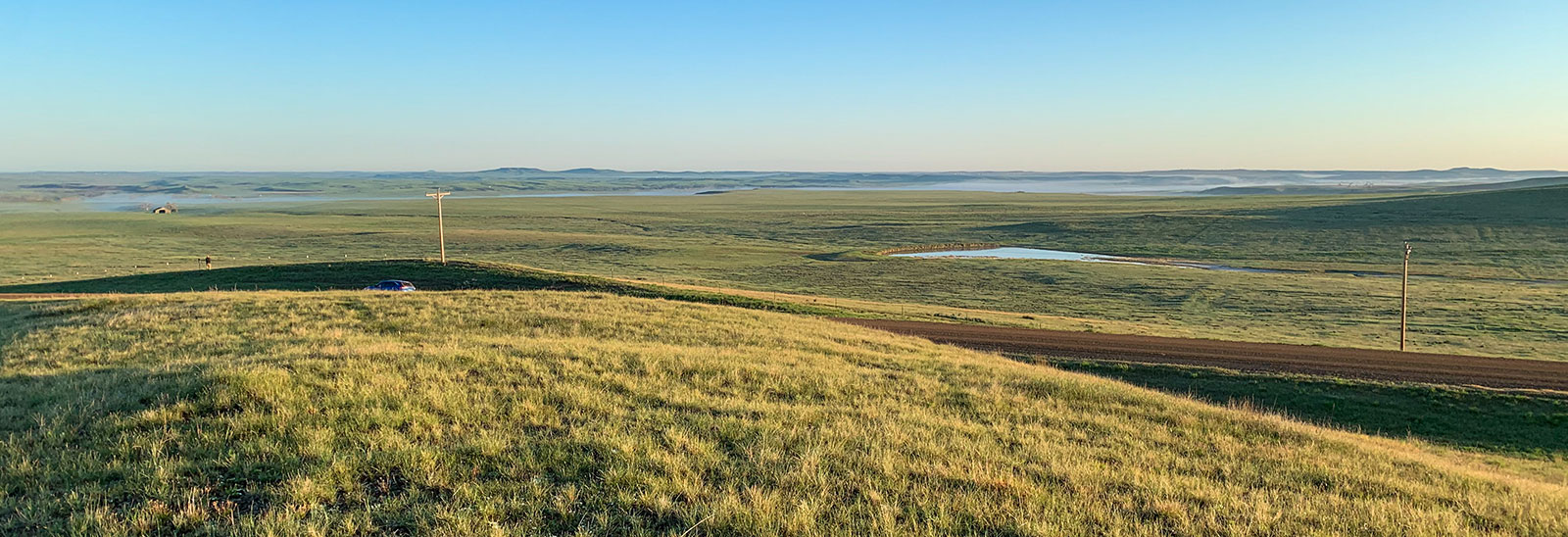
Back Cast
Back in the day, largely free of parental oversight, mostly broke and certainly comfortable sleeping in the dirt while chasing fish or whatever wild game was in season, I made some questionable, but not surprising, housing choices.
I wasn’t picky.
What’s the rent? Does the roof leak? When can I move in?
Writing from memory about my first off-campus housing in college, I remember how the light from the apartment below would shine through the rotten chunk of bathroom floor between the tub and toilet, acting as sort of a dim nightlight, but also as a warning to mind my next step.
That memory, a mostly clear recollection from the early 1980s, has little do with anything, but everything to do with the pair of house wrens nesting in our back yard.
Turns out, these birds aren’t fussy either when it comes to picking temporary digs to raise young. I read where they’ve nested in mailboxes, flowerpots and the pocket of a coat hanging on clothesline.
The tiny pair, often seen holding their short tails cocked over their backs as they bounced from limb to limb in our back yard ash tree, nested in a birdhouse that reminds me of a prairie church.
While their choice was likely better than a coat pocket, it didn’t end well as high winds blew out the bottom of the birdhouse and its underdeveloped inhabitants. I found three of their young, mostly featherless, covered in ants the following day.
Life is tough on the Northern Plains, even in a back yard.
I repaired the birdhouse with the hope that maybe they’ll renest. I welcome their company because their full-throated song is a treat and one of just a handful that I recognize. House wrens sound like summer, that too short season in North Dakota, but fortunately leads us into fall.
By comparison, the diminutive house wren has nothing in common, at least physically, with the long-billed curlew, North America’s largest shorebird. The latter is roughly 17-18 inches taller than the former.
The connection, at least for this dispatch, is loose, but there is one as I was the fly on the wall about mid-May in southwestern North Dakota as researchers trapped and outfitted male and female curlews with satellite and cellular transmitters.
One of the things I found interesting is that female curlews seemingly waste little time hanging around North Dakota after her young have hatched. While parental care is fairly equal for the first 10 days for the young that hit the ground fully feathered, the duties of protecting the long-legged newbies is left to the male for however long.
This my-job-is-done mentality was confirmed as one of the tagged and tracked females landed in central Nebraska on June 16, and three days later made it to the Texas coast near South Padre Island where she’ll likely spend the winter.
That’s a quick about-face as the curlew likely completed its entire breeding season, travel and all, in about two months.

